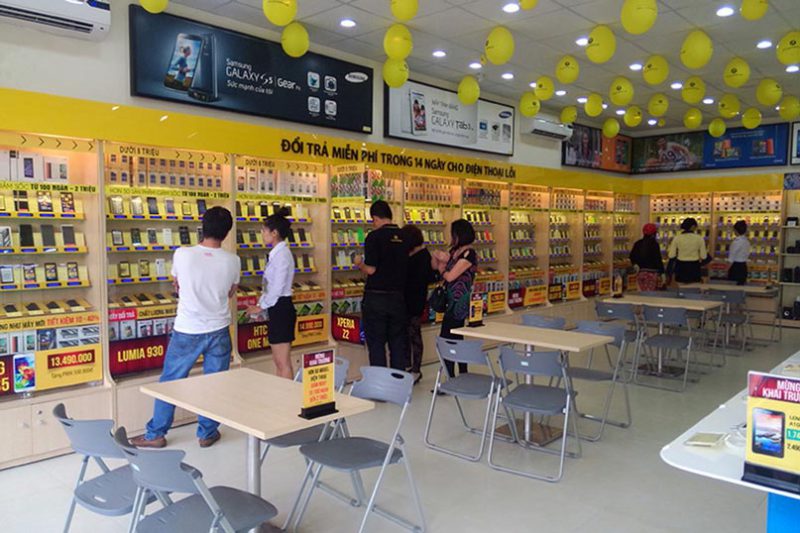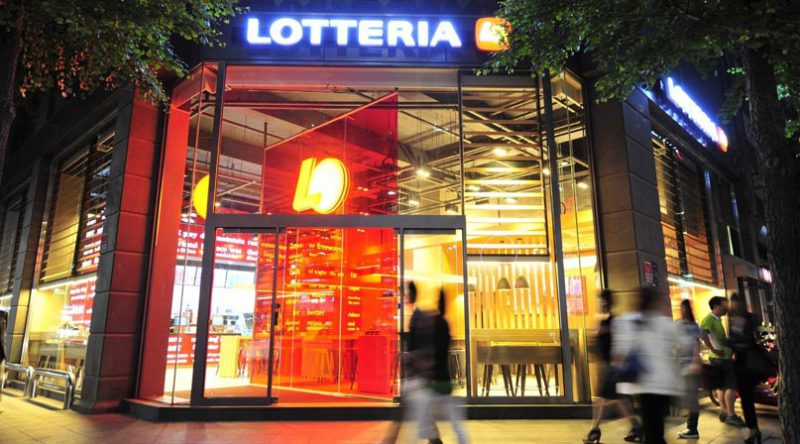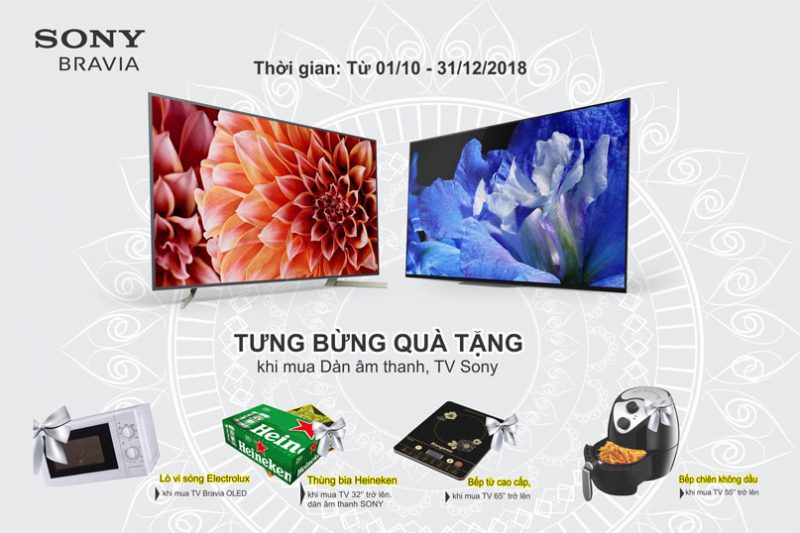
Listening to information in the media, have you ever wondered: Why is the price of an iPhone so high at first launch, but not Chinese smartphones? Why are the everyday fast-moving consumer products surprisingly cheap (only a few thousand to a few tens of thousands for a product)?
Because each brand, each product is positioned by a completely separate pricing strategy . The price strategy is the trump card, deciding the revenue growth, customer retention and the reputation of a brand in the market.
Let’s explore 10 product pricing strategies with Malu that are currently being used by all large enterprises in the world, so that they can be applied in their own practice.
>>> The 80/20 Rule: How to Optimize Corporate Governance
But first, let’s explore:
Pricing strategy – What is a pricing strategy?
Pricing strategy (also known as pricing strategy ) is one of the most important, high-level strategies in Marketing. The goal of businesses here, is to determine an attractive, most competitive price for their product / service in the market.
Pricing is one of the four most important elements of the Marketing Mix, including Product (product), price (price), place (place) and promotion (promotion). These are the factors that guide and determine the marketing activities of a brand.

The importance of pricing strategy in business
Product pricing is a relatively complex process. In addition to the business must calculate the cost how to offset the costs related to product production, personnel, Marketing, distribution, sales; They also have to determine the price to ensure the image and reputation of the brand in the market, as well as being competitive with competitors.
To optimize profits and retain customers to use products/services, businesses are forced to choose and decide on an appropriate pricing strategy. The 10 pricing strategies below will help you achieve that goal.
ROI in Marketing – How to Use & Measure Effectively
10 effective pricing strategies in Marketing
1. Penetration Pricing or intrusive pricing strategy
Penetration Pricing, or intrusive pricing strategy, is a strategy where businesses offer a product/service at a low price (or even for free) for a certain period of time (usually in the range of months).
This strategy is applied by businesses to increase market share, or attract a target group of customers to start using and familiarizing themselves with the brand.
For example:
K+ is a pay TV service provider in Vietnam. To encourage users to use the service for the first time, the company often has a policy of free (or discounted) receivers and promotion for 2-6 months of service for new subscribers.

>> Customer Experience: Enhancing Customer Experience
2. Economy Pricing, or savings pricing strategy
Economy Pricing (or frugal pricing strategy) is a strategy by which businesses offer fixed products at low prices. Usually, businesses will limit their communication and promotion budgets when applying this pricing strategy.
For example:
Airlines such as Vietnam Airlines often sell economy class seats at a very low price in the low season (such as in winter, through the peak holiday season) so that all the seats in the plane are filled.

The purpose of this valuation is for the business to recover capital in those products/services during the off season. We often see this strategy in the transportation service industries, trading in seasonal goods (moon cakes, Tet confectionery, …).
3. Psychological Pricing, psychological pricing strategy
Phychological Pricing is a pricing method that assesses the psychology of consumers.
For example:
When buying a mobile phone at Mobile World, you often see the product’s asking price often fall into the odd number, like 4,999,000 VND for a phone.
When buying sales management software, the supplier offers 499,000 VND for 1 month of using the service.

The enterprise applying the prices according to the above example explains that: Consumer psychology when hearing the price of 499,000 VND will feel that it is not as expensive as the price of 500,000 VND.
Another example:
A beverage business sells a 150ml bottle of water for 10,000 VND. When launching a new product on the market, a water bottle with a volume of 300 ml is sold for 15,000 VND by the company. The volume is double, but the price increases disproportionately.
That’s yet another example of customer-centric pricing, rather than traditional logic. Users often look at the price and quantitative benefits of the product they enjoy when buying a product, instead of spending time researching whether the product quality is commensurate with that price.
>> What is a Persona? Building Customer Portraits
4. Product group pricing strategy
This is a strategy where businesses set prices according to a bundle of complementary, or related products.
For example:
At Lotteria, you can buy fried chicken, drinks, and potatoes separately, with prices for each product category being separate.
However, the store does offer a combo package that includes all of the aforementioned foods, at a much cheaper price than buying each item individually.

This is a way for businesses to reap the value of revenue per customer. When they realize that buying a bundle of products is cheaper than buying each product separately, they tend to choose to buy the whole cluster at once.
This policy can be applied to businesses in all fields, from restaurants to technology.
5. Option pricing strategy itself
When applying this pricing policy, businesses often charge low prices for main services, and raise prices for complementary services/products.
For example:
Low-cost airlines often offer flight tickets at very cheap prices. Instead, they charge higher rates for related services, like meals, ample legroom, etc.
This pricing policy is often popular with low-cost transport businesses.
>> 7 Principles of Building a Modern Business Strategy
6. The exact pricing strategy included
Captive pricing is the policy whereby businesses provide prices for auxiliary products for the main product. Without these by-products, the main product cannot be used.

For example, a printer needs ink to work. Therefore, businesses that provide printers will also provide ink at the same time. In many cases, the ink is only compatible with the type of machine the other business offers. So businesses have no choice but to use genuine ink. Ink costs will be very expensive.
Of course, this policy will help businesses maximize revenue from customers.
7. Promotional pricing strategy
To stimulate customers to buy products, businesses can use promotion policies (such as discounts, vouchers, coupons or gifts) to price products.

For example:
When buying a phone at a mobile store, you can get a discount from 7 million to 5 million. In fact, it is possible that the phone you are buying may be outdated, or in the slow-selling product category of the store. This is a way to sell off products to make room for newer products in stock.
Or when you buy a new TV, you get a promotion from the store for a gift set of a TV shelf, or a set of porcelain bowls from the supplier.
>> Product Life Cycle – Product Life Cycle Concepts In Marketing
8. Geographical pricing strategy
This pricing policy is quite simple: Each geographical area and business sets a different price, in accordance with the income and spending levels of the people there. This can come from the needs and aspirations of customer segments.
Another reason is because: For each region, businesses have to pay different costs, for importing raw materials, labor, distribution, transportation, tariffs, exchange rates,….

Simple example: When you buy fruit, it’s cheaper in the southern provinces than in the North. That’s because in the South, businesses don’t have to pay shipping, distribution, or intermediaries costs.
>> What is Brand Culture? 6 Steps to Building Brand Culture
9. Product pricing because of the brand
Take an example like this:
The cost to produce an iPhone X is $ 357 (equivalent to about 9 million dong). However, when offering the price, Apple sells this product for about 20-30 million VND for a product in Vietnam.
In many cases, businesses charge high prices for products because of the image of the brand. As the general public thinks the iPhone is the symbol for the high-end phone product line. If the price is too low for the product, the image and brand awareness from the public may be damaged, which may cause some customers to stop using the company’s products/services.
This pricing method is suitable for brands that provide luxury products for high-end customers, such as jewelry, hotel accommodation services, phones in the upper segment, etc.
>> Brand Value – How to Measure Brand Value?
10. Pricing by product value
Sometimes it’s not the business, but the market itself that sets the price for the product. There are many external factors that can affect the price of a product, such as market supply and demand, competitors.
For example:
Previously, the charge for a mobile call was very expensive, up to tens of thousands for a few minutes of communication.
Now, with the appearance of many suppliers in the industry, such as Viettel, Mobifone, Vinaphone or Vietnamobile, businesses are forced to lower service charges to attract users, compete with each other and survive.
>> Market Research – 6 Steps of Effective Market Research
summary
Setting a price for a product in the market is not a simple job. You have to consider many factors before fixing the price of a product, such as input costs, business image, competitors, market demand, etc.
As a brave manager, you need to see where your product is in the market, make the right decisions, pricing strategies and make appropriate adjustments to the times. . Hope this information will help you a lot in building and developing marketing activities in the future.




